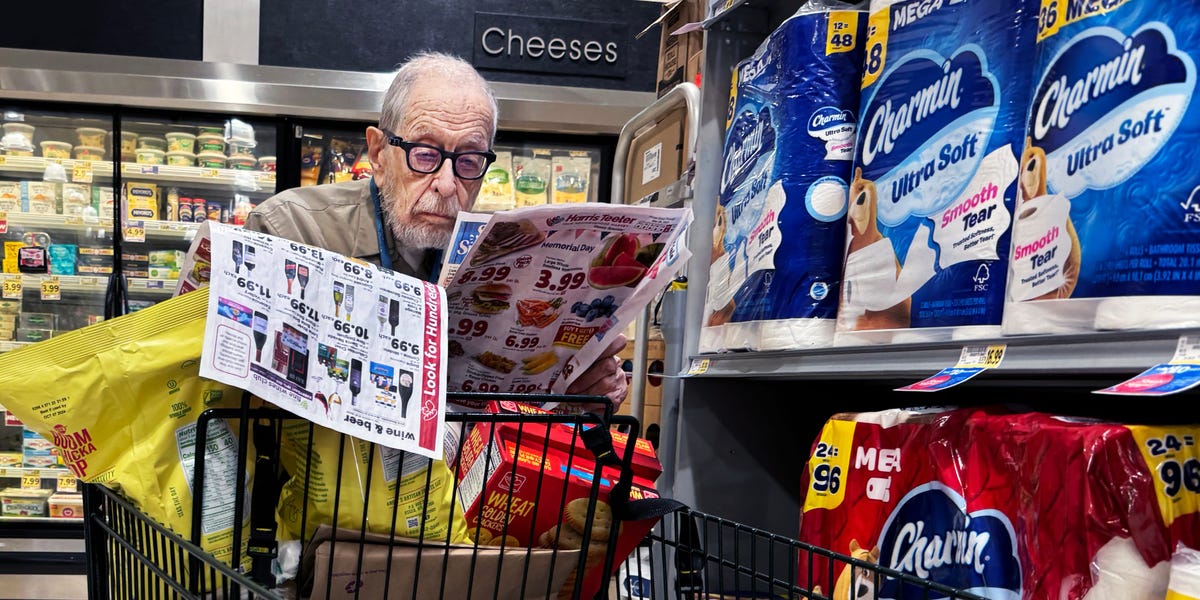Snap, Scan, Earn: How Instacart Turns Smartphone Cameras into Gig Worker Gold

Instacart is revolutionizing the way grocery brands understand their in-store performance with an innovative new feature called "brand tasks". This cutting-edge approach allows product suppliers to gain unprecedented insights into how their merchandise is displayed and sold within retail environments.
The digital grocery platform is piloting these brand tasks at select stores, enabling suppliers to receive real-time feedback about their product placement, visibility, and overall store presentation. By leveraging the extensive network of Instacart shoppers, brands can now get a comprehensive view of their products' performance beyond traditional market research methods.
These tasks are designed to provide granular details that were previously difficult to obtain, such as precise shelf positioning, product arrangement, and visual appeal. Suppliers can now request shoppers to capture detailed images and provide specific observations about how their products are showcased in different store settings.
This strategic initiative not only benefits brands by offering actionable insights but also enhances the overall shopping experience for consumers. By helping suppliers optimize their product presentation, Instacart is creating a more streamlined and efficient grocery shopping ecosystem.
As the pilot program continues to expand, it represents a significant step forward in bridging the gap between digital platforms and traditional retail merchandising strategies.

